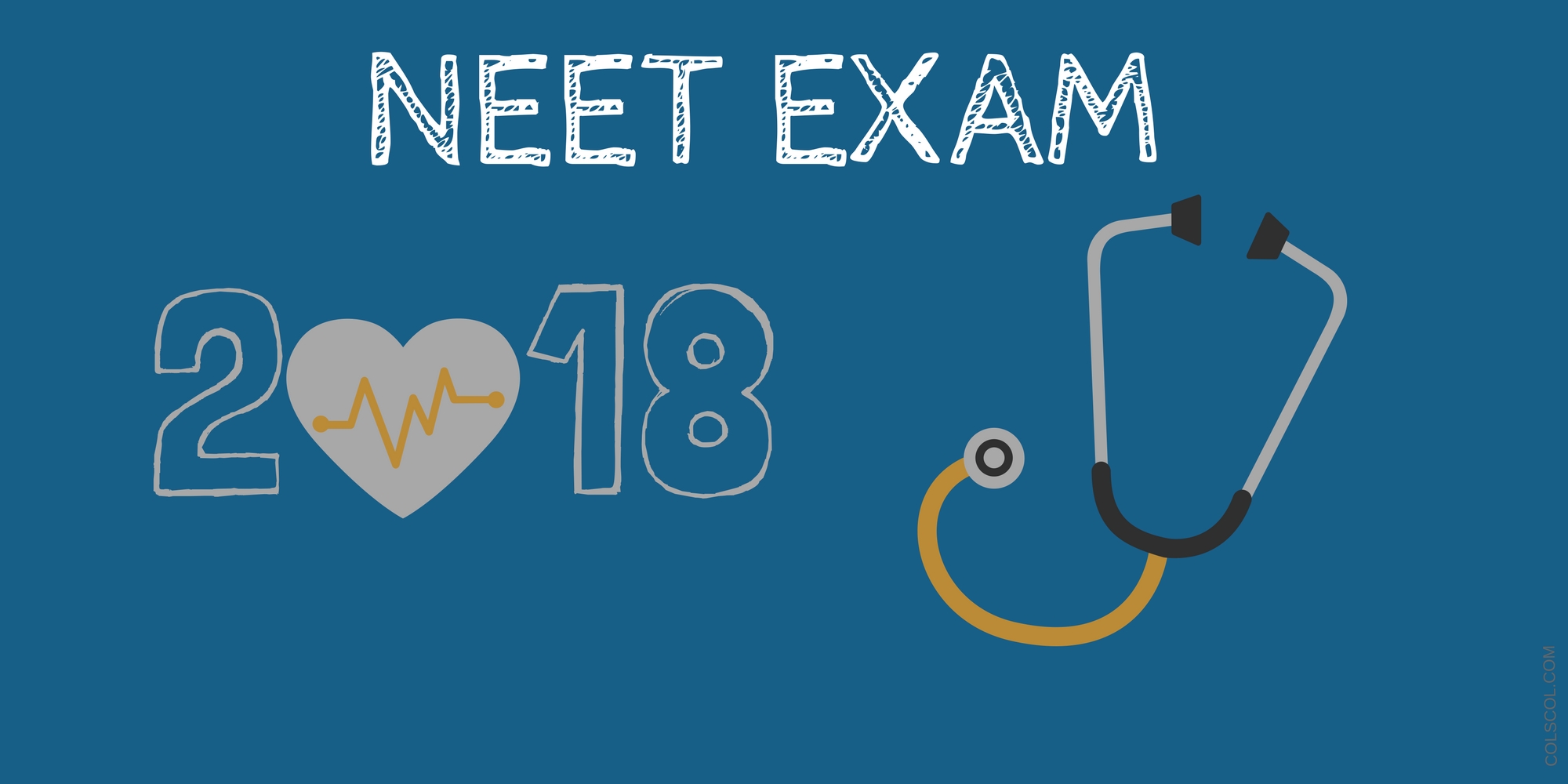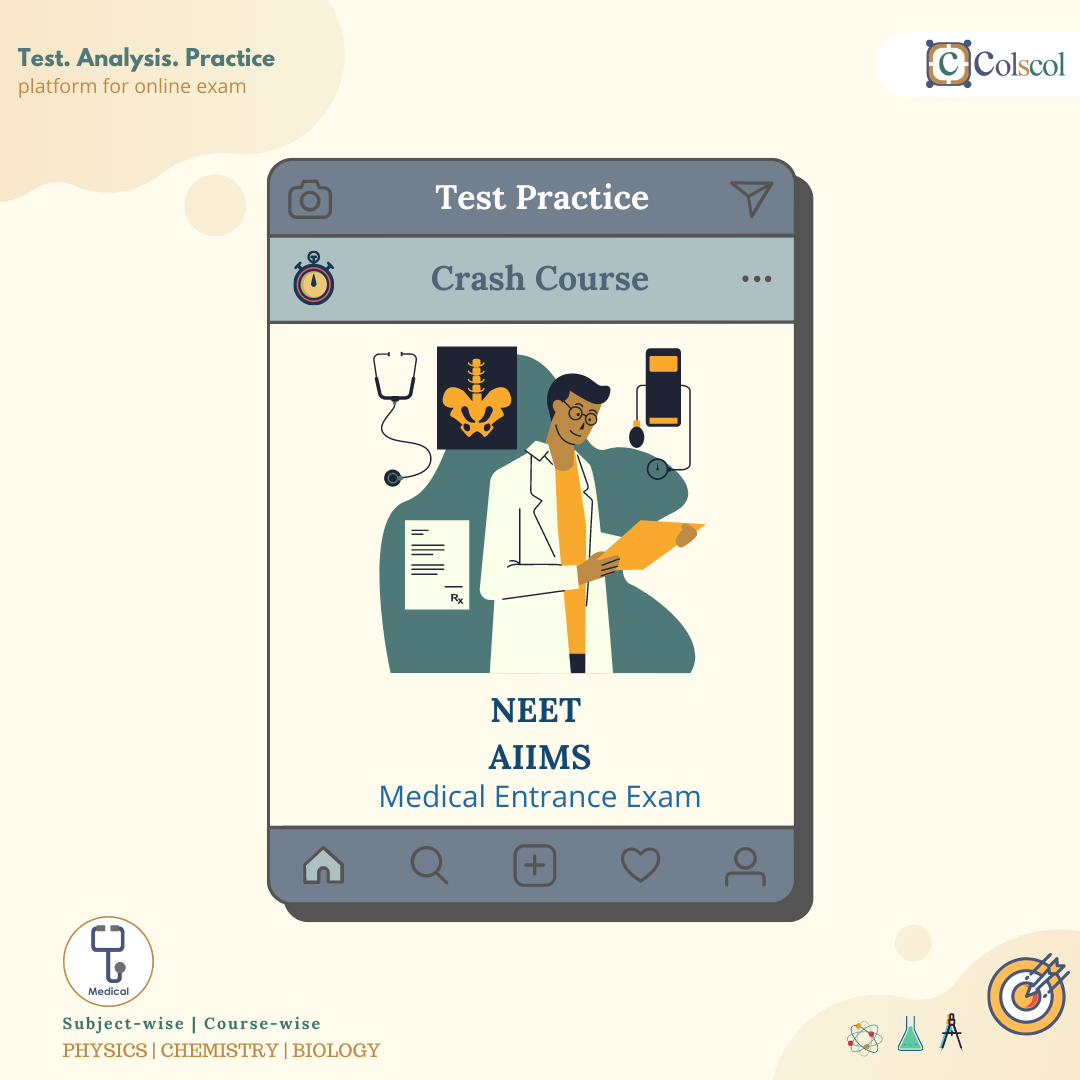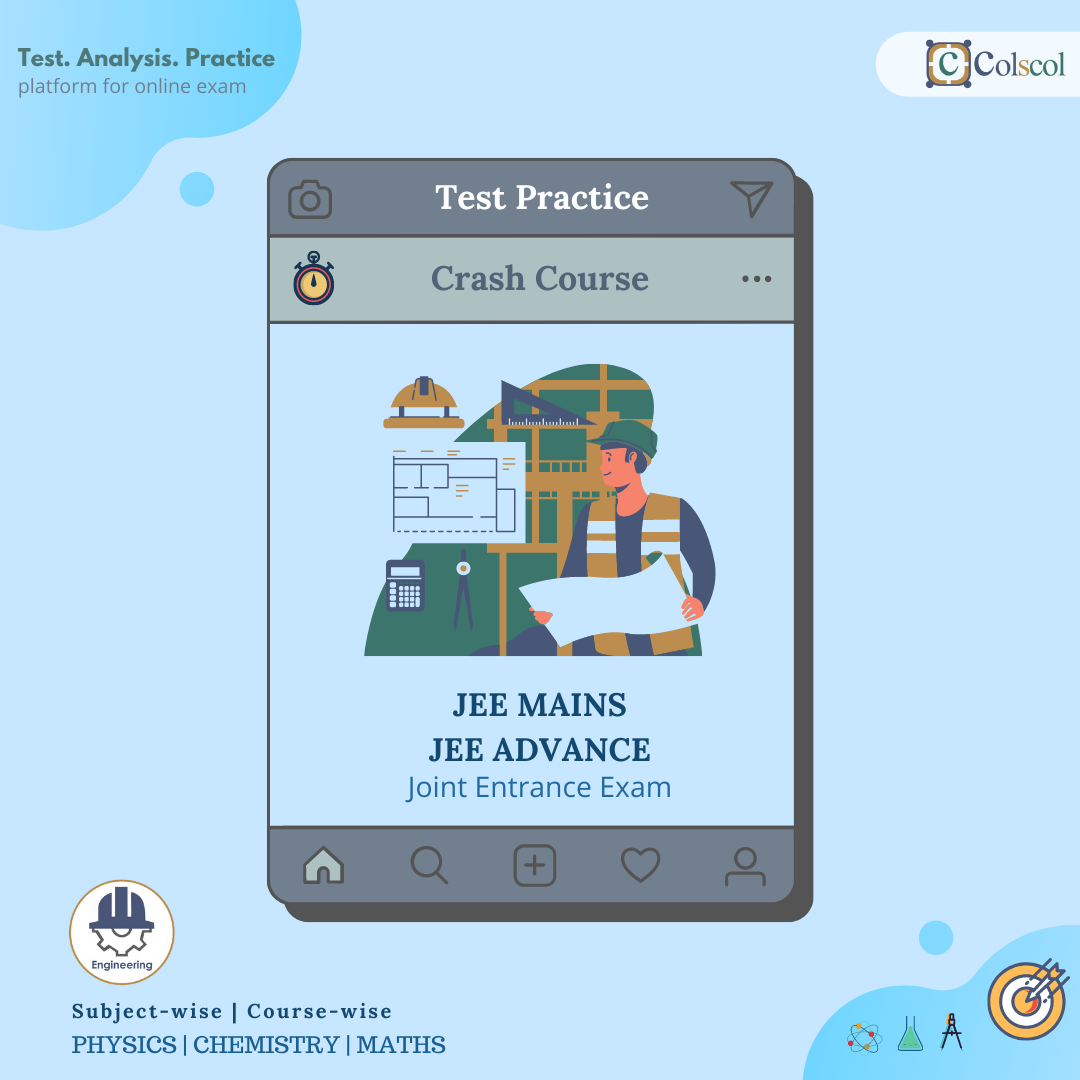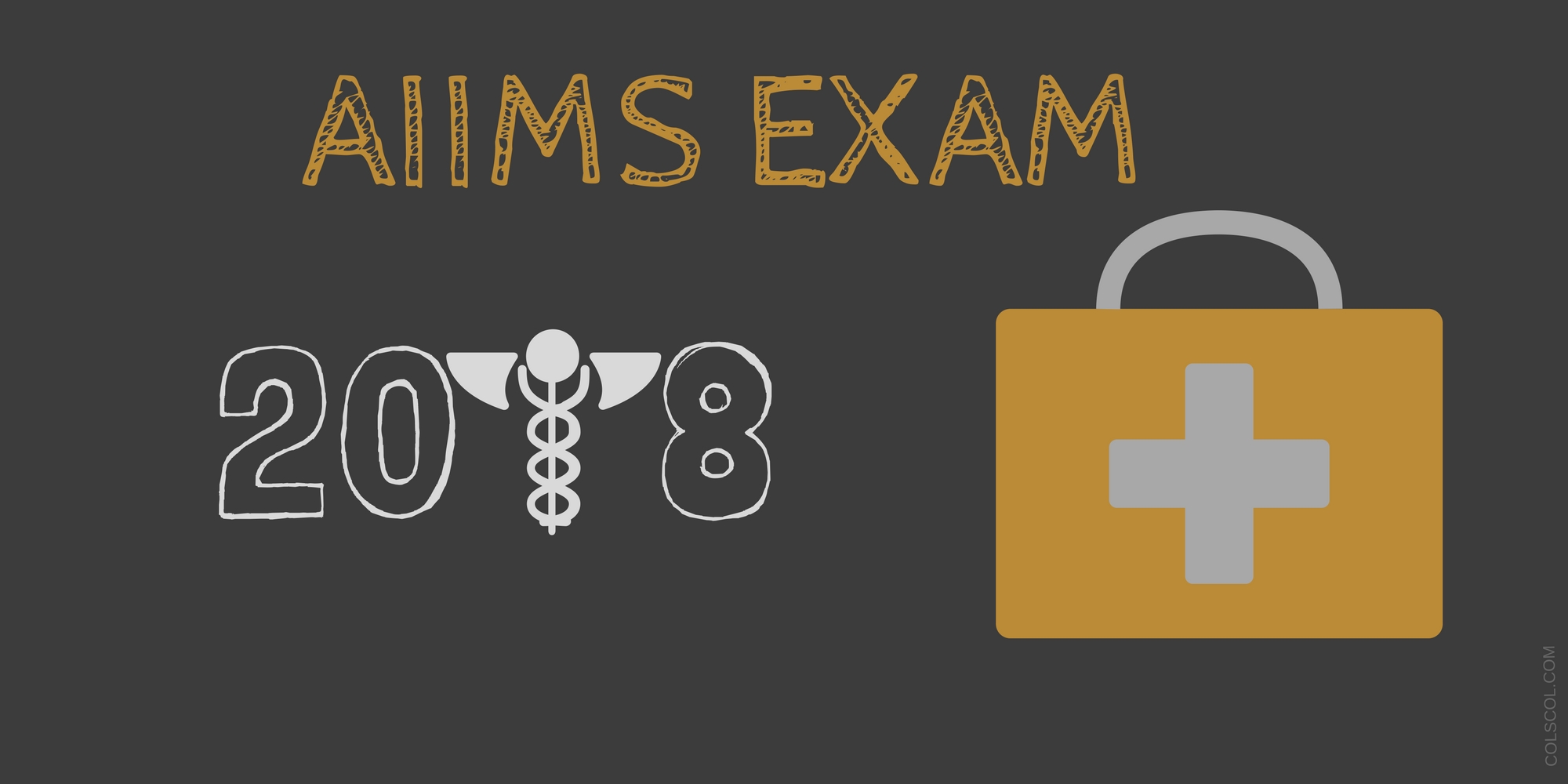
NEET Cut off 2018
The Central Board of Secondary Education (CBSE) has stipulated the Cut off of NEET 2018, which refers to the minimum qualifying percentile which a candidate must score in NEET in order to become eligible for MBBS and BDS admissions. NEET 2018 has been successfully conducted on May 6, 2018. NEET 2018 Cut off also indicates the marks which candidates have to obtain to ensure their admissions to medical and dental seats.
Only those candidates who score equal to or more than the NEET Cut off 2018 percentile requirement will be declared qualified and will be given All India Rank (AIR) by CBSE, the exam conducting body of NEET. On the basis of NEET scores and All India Rank (AIR) of all qualified candidates, central and state counselling authorities will release their respective merit lists and hold admissions to MBBS/BDS courses. Candidates must note that NEET Cutoff 2018 qualifying percentile is different for different categories.
The Unreserved category candidates will be required to obtain marks equal to or more than the 50th percentile in order to qualify NEET. However, for candidates belonging to reserved categories, viz. Scheduled Caste (SC), Scheduled Tribe (ST) and Other Backward Classes (OBC), the minimum qualifying Cut off of NEET 2018 is 40th percentile. The corresponding Cut off score of NEET Cut off 2018 percentiles, which will be the minimum ‘marks’ required to qualify NEET 2018, will be declared along with the declaration of the NEET 2018 result. Candidates can check here complete details about NEET 2018 cut off, including minimum qualifying percentiles, previous year NEET Cut off trends and highlights, etc.
As per the NEET 2017 statistics, out of 10,90,085 candidates who appeared, only 6,11,539 could qualify the exam by scoring marks equal to or more than the NEET Cut off qualifying percentile requirements. As per the data, unreserved candidates had to score atleast 131 marks in NEET 2017 in order to get equal to or above the 50th percentile and reserved category candidates had to score at least 107 marks in order to get equal to or above the 40th percentile as per the qualifying Cut off requirements of NEET.
NEET 2018 Minimum Qualifying Percentile
Candidates aspiring to qualify NEET 2018 will be required to score equivalent to or more than the percentile Cut off of NEET 2018 as mentioned in the table below.
NEET 2018 Cutoff
|
Categories
|
Minimum Qualifying Percentile
|
|
Unreserved (UR)
|
50th Percentile
|
|
Unreserved Physically Handicapped (UR-PH)
|
45th Percentile
|
|
Scheduled Caste (SC)
|
40th Percentile
|
|
Scheduled Tribe (ST)
|
40th Percentile
|
|
Other Backward Classes (OBC)
|
40th Percentile
|
Percentile Mode of NEET Cutoff 2018
Marks scored by a candidate in NEET 2018 should be such that it is equal to or more than the qualifying Cut off of NEET 2018, else candidates will not be able to qualify the exam. NEET 2018 Cut off is issued by the CBSE in the form of percentile instead of specific marks. Percentile represents how a candidate performs comparatively to others who appear in the test.For instance, if a candidate’s marks are in the 45th percentile, it would represent that he/she has scored better than 45 percent of all the candidates who appeared in the exam.Utilizing percentile mode of Cut off in NEET ensures that various factors like exam difficulty, preparation levels of test takers, etc. of respective years in which exam is conducted are taken into account while shortlisting qualified and unqualified candidates and fairness is maintained.
Revision in Percentile Requirement of NEET Cut off 2018
Candidates must note that in the unlikely circumstance of there being insufficient number of candidates in respective categories who do not clear minimum qualifying percentile requirements of NEET 2018 Cut off compared to the number of available seats, the Union Government holds the right to revise and lower the minimum percentile requirements of NEET Cutoff 2018 for MBBS/BDS admissions in consultation with the MCI (Medical Council of India) and the DCI (Dental Council of India).
Determination of merit in case of a tie
In case two or more candidates score equal marks then their order of merit or merit rank will be determined by considering the below mentioned tie-breaking factors in the same order of priority:Marks in Biology in NEET 2018: Candidate who has scored more marks in the Biology section of NEET 2018 will be placed higher in the merit order compared to the one who scores less.Marks in Chemistry in NEET 2018: In case the tie remains even after considering above-mentioned factors, then the candidates’ marks in Chemistry section of NEET 2018 will be considered. The one with higher marks in chemistry in NEET 2018 will be placed above those with lesser marks.Number of Wrong Answers: In case the tie still persists after considering the above-mentioned factors, then candidates with the least number of wrong answers or incorrect responses will be placed higher in the order of merit than the ones with more wrong attempts.Age: If the tie remains even after considering above preferences, then seniority will be considered. Candidates senior in age will be given higher merit order than the younger ones.
15% All India Quota Merit List of NEET 2018
CBSE will prepare the merit list for 15% All India Quota (AIQ) admissions. Candidates who qualify NEET 2018 by scoring equal to or more marks equivalent to the Cut off of NEET 2018 (except candidates from Jammu & Kashmir) will be eligible for All India Quota admissions. Until previous year, candidates from Andhra Pradesh and Telangana were also not eligible for AIQ admission, unless they filled a declaration form at the time of filling NEET application form. But from this year on, the states of Andhra Pradesh and Telangana have joined other states in allotment of 15% of their MBBS/BDS seats in government medical/dental colleges through AIQ counselling, conducted by MCC.
All India Quota NEET Cut off ranks for admissions from previous years
As per the data of NEET 2017 AIQ counselling, Unreserved candidates upto rank of 8,317 were selected for MBBS admissions under AIQ Quota, while for BDS admissions, candidates upto the rank of 12,419 were considered. NEET 2018 aspirants can check below the graphical representation of AIQ last ranks under various categories to get admission to MBBS and BDS seats in NEET 2017, NEET 2016 and AIPMT 2015.








